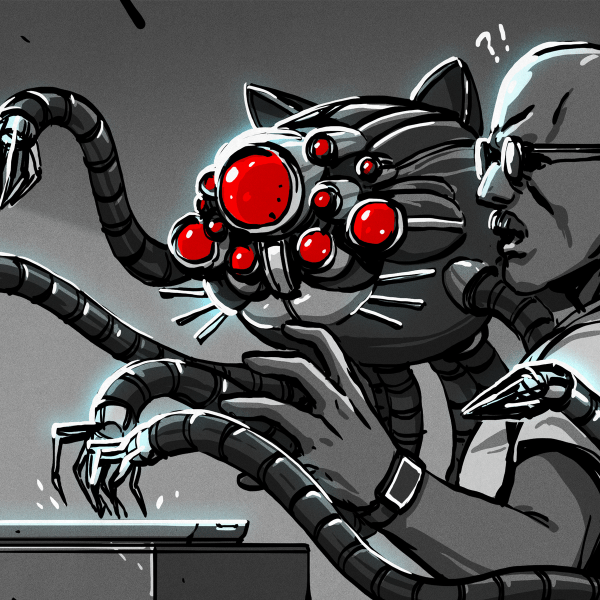
When traveling with a laptop, we often find that the list of peripherals that we have to attach can get pretty long. Especially if it is an older laptop without wireless built in. [Dawning] has taken steps to consolidate some of his peripherals(registration required)by cramming a USB hub and a wireless card into his mouse.
He started by dismantling a USB hub. After placing the board in the mouse to see how it fit, he realized that he was going to have to reduce the size. To do this, he removed the USB slots themselves. This forces him to wire things directly to the board, but saves a ton of space. Next, he took the guts from a USB wireless adapter and wired them up. The decorative LED in the mouse was then moved to the wireless card. This way he could see light flicker with his network traffic. At this point, that’s all he’s added, though there’s still plenty of space for other items. He notes that he’ll probably add some storage or a CF reader. The only problem he has encountered is that his mouse tends to get warm during use. What peripherals would you put in there?
Update: [Dawning] let us know that he didn’t actually remove the LED from its original location. He connected a wire from the wireless adapter that causes the LED to short when traffic is going through. Also, there’s a video which you can now see after the break.
Continue reading “Ultra Mouse Modification” →
















